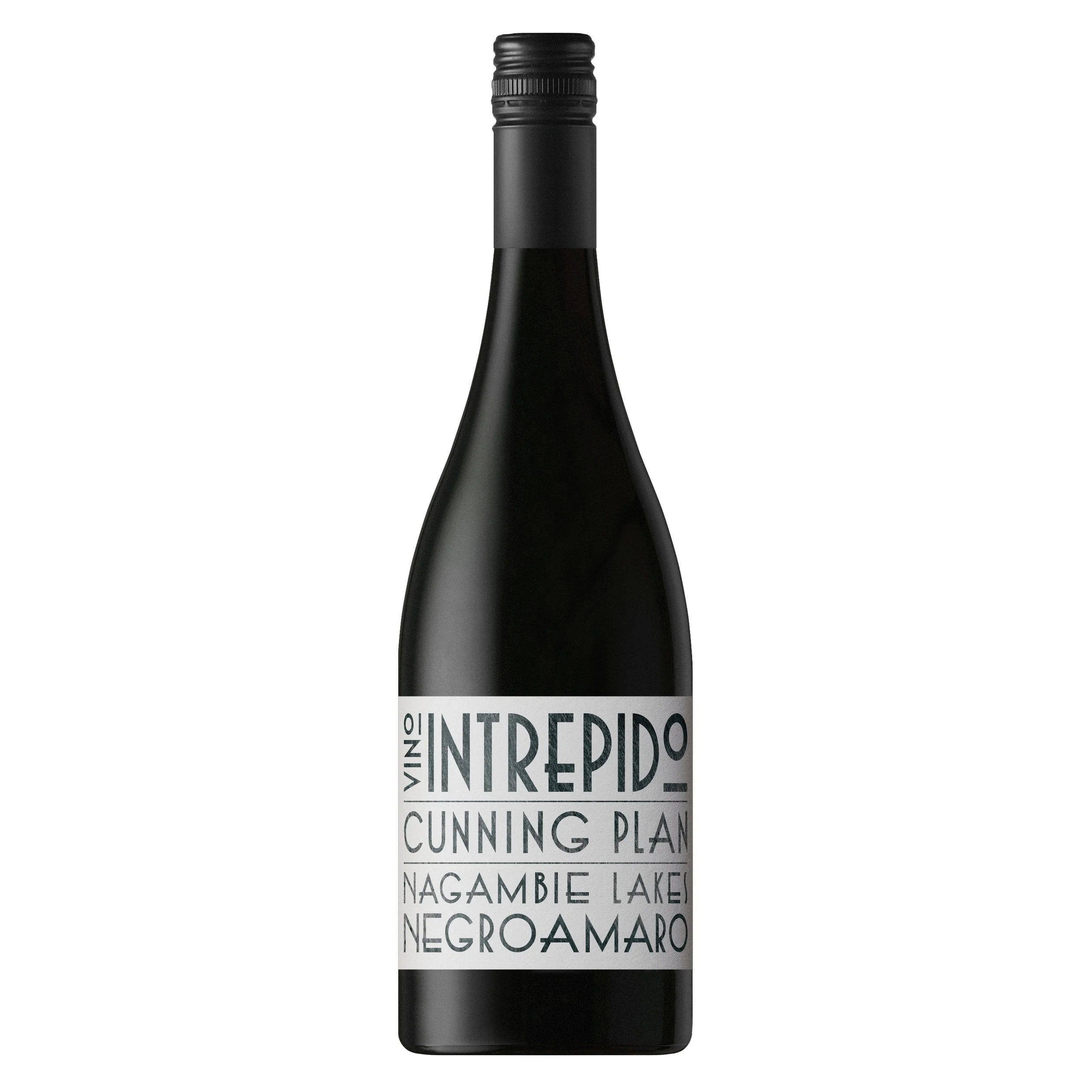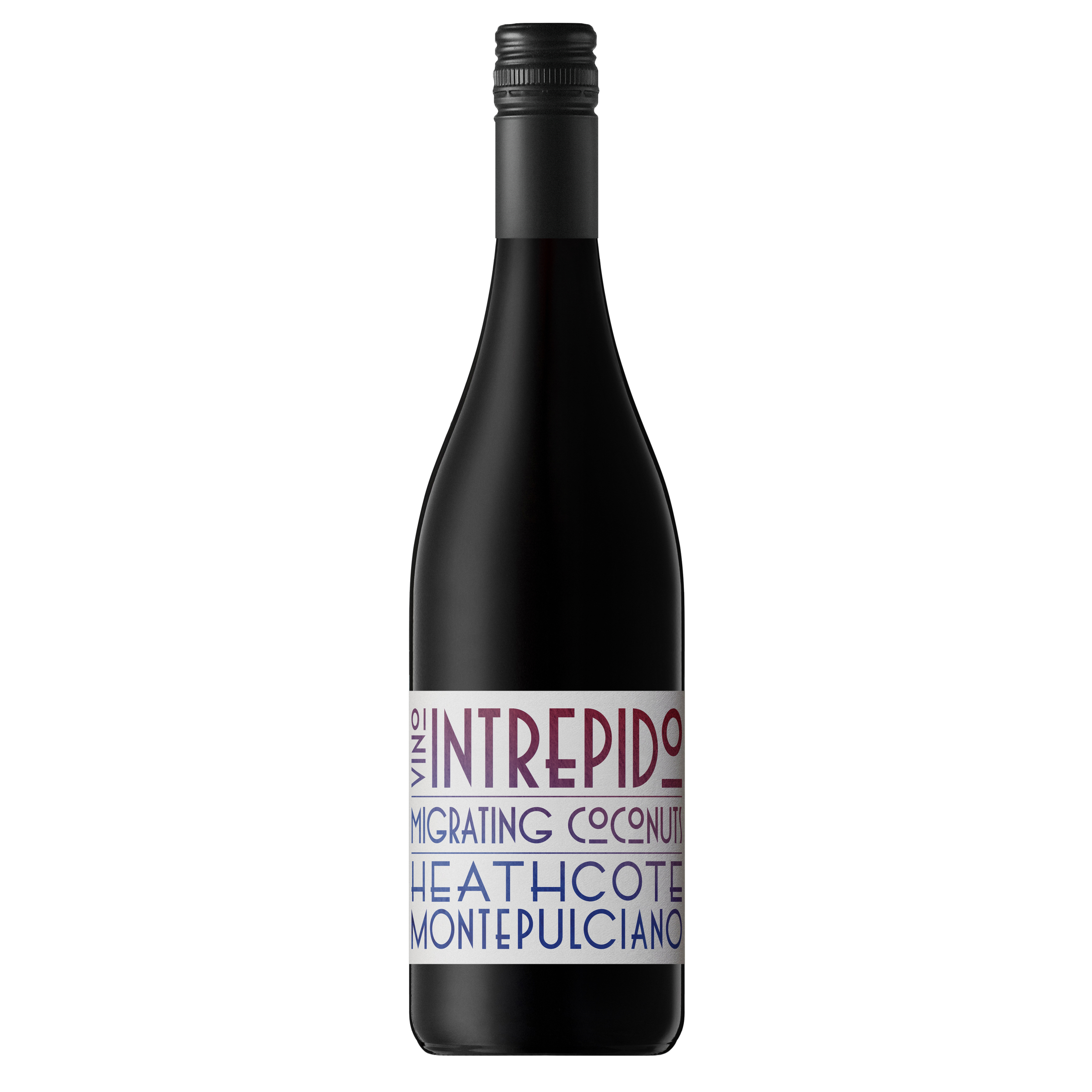Jane Faulkner - Wine Companion
”It has the brightness of fruit, the chalky acidity and feathery tannins of the variety, with a pleasing savoury edge. There's also juicy black cherries, wood spice and a hint of chinotto in the mix. Nice drinking here.” 92 points
Bronze Medal - Australian Alternative Varieties Wine Show 2024






